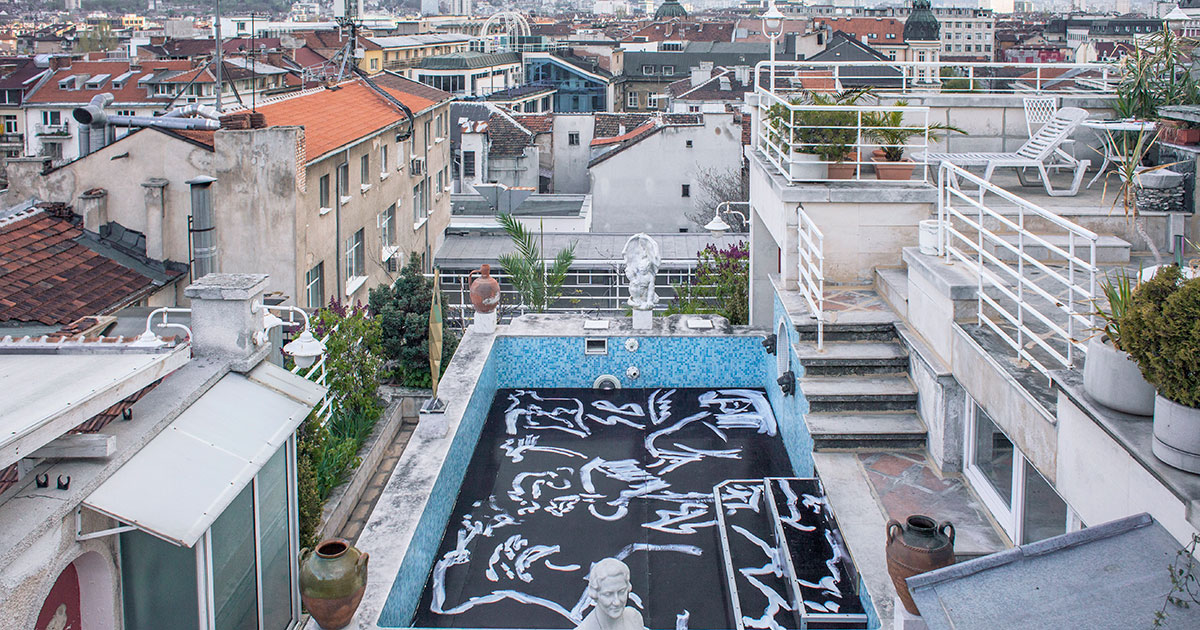How two sisters are rebuilding Bulgaria’s sunken villages online
The Bulgarian village of Zhivovtsi technically no longer exists. When the communist government decided to build a reservoir in 1966, villagers destroyed their own homes to make way for the new body of water. The Ogosta reservoir flooded the empty plain where the settlement once stood.
Today, the ruins of the Holy Ascension Church are all that physically remains of Zhivovtsi. But for the hundreds of people who once lived in the village, less tangible remains also survive.
Izgubeni Pod Vodata (“Lost Under the Water”) collects and shares personal histories, archival photos, and cultural works from these now submerged towns. The project is the creation of sisters Stella and Ralitsa Kamenova, whose grandfather grew up in Zhivovtsi. He managed the gold dredger that mined the area before it was submerged, then dedicated his retirement to archiving the town dissolved by the reservoir’s construction.
“We are reconnecting with him via our roots,” Ralitsa says. “I think this is a beautiful way to continue his work.”
Young people (including Stella and Ralitsa Kamenova's grandparents) at a gathering in the village of Zhivovtsi.
The project currently exists on Instagram, where the sisters have turned archive images and evocative captions into a one-of-a-kind multi-media resource. Both siblings work in the arts — Ralitsa as a filmmaker and Stella as a curator — and their attention to visual detail comes through in the hand-painted elements they layer on the archival photos. The choice of platform and eye-catching artistic flares are important. “We’re trying to reach the younger generation,” Stella says, “to share with them these small stories and to make them curious about their own path and their own roots.”
Ralitsa and Stella are currently focusing on the village Zhivovtsi and neighboring Kalimanitsa, both of which were destroyed to make way for the reservoir. Found in northwest Bulgaria, the Ogosta is one of the biggest artificial lakes in the Balkans, drawing together water from three rivers. A one-minute government film on the Ogosta reservoir, made during its construction in 1970, claimed that the project would be completed in three years and would help industrialise the country. Neither claim held up: 20 years later, only half of the planned pipeline infrastructure had been completed. The reservoir was never used for drinking water — it contains arsenic and heavy metals — and despite being destroyed, the village of Kalimanitsa was never actually flooded because of incorrect calculations.
These two villages were not the only settlements affected by Bulgaria’s socialist dam-building era. In total, some 40 villages across the country disappeared due to dam and reservoir construction. Eventually, the sisters plan to bring them all to the surface.
The project has pushed the pair to take multiple research trips to the reservoir, as well as the present-day city of Montana, where many of the villagers relocated. There, the sisters explore their family archives, take photographs, and talk to those who still remember the event.
When displaced residents from Zhivovtsi and Kalimanitsa moved to Montana (then called Mihailovgrad), people took parts from their old homes to literally rebuild a new life. The sisters’ grandfather, Stanko Todorov, constructed the base of his new home in Montana with bricks from his house in Zhivovtsi. They, in turn, had been taken by his own father, who had been forced to relocate when the Bulgarian/Serbian border shifted.
“This visual survey is dedicated to all those people who had to leave and destroy their houses, to abandon the land they cultivated, by order of the government,” an early caption reads.
The project also weaves other kinds of culture amid its historical archive posts. Yordan Radichkov, one of Bulgaria’s most famous authors, is from Kalimanitsa; the sisters present his work along with that of other local writers, poets, and journalists as part of the area’s collective history.
Radichkov’s best-known work, the film The Last Summer (1974,) is the sometimes surrealist tale of a man who remains deeply attached to his village — even after it is submerged in preparation for a new dam. The protagonist has visions of his former home from his new apartment block.
Ralitsa, who graduated from the National Academy for Theatre and Film Arts with a degree in filmmaking, remembers studying the movie at university.
“My teacher didn’t know that it was about these two villages,” she said. “Bulgaria is not that big a country. Still, there are a great many people who aren’t familiar with the stories. They aren’t written about, even by the locals whose lives were affected.”
In recent years, the ruins of the Saint Ivan Rilski church surrounded by the Zhrebchevo reservoir have become a recognisable visual image. The building appears and disappears as the reservoir’s water levels ebb and flow, making it a favourite with tourists and photographers. But the sisters hope to go beyond just the image itself.
“It’s certainly popular,” Stella says, “but, it’s often used to express [something] surreal, beautiful, or melancholy. Even with the photographs, there’s no conversation about why this church is actually underwater.”
“No one talks about this,” Ralista continues. “And it’s strange because people are like, ‘Oh, this beautiful National Geographic magazine cover with the church in the middle of the reservoir.’ And do you know why it is in the middle [of the reservoir]? It didn’t just happen.”
Their project aims to make those answers publicly accessible: a national conversation not just about striking images but their surrounding context and human histories. Documenting individual narratives is especially important in the context of the country’s communist past, which prioritised statistics and the triumph of national industry over how people were feeling as they left their hometowns.
“I think it’s really important not to just close our eyes and refuse to think about what’s on the bottom [of the reservoir],” Stella says, “because there’s our history at the bottom.”
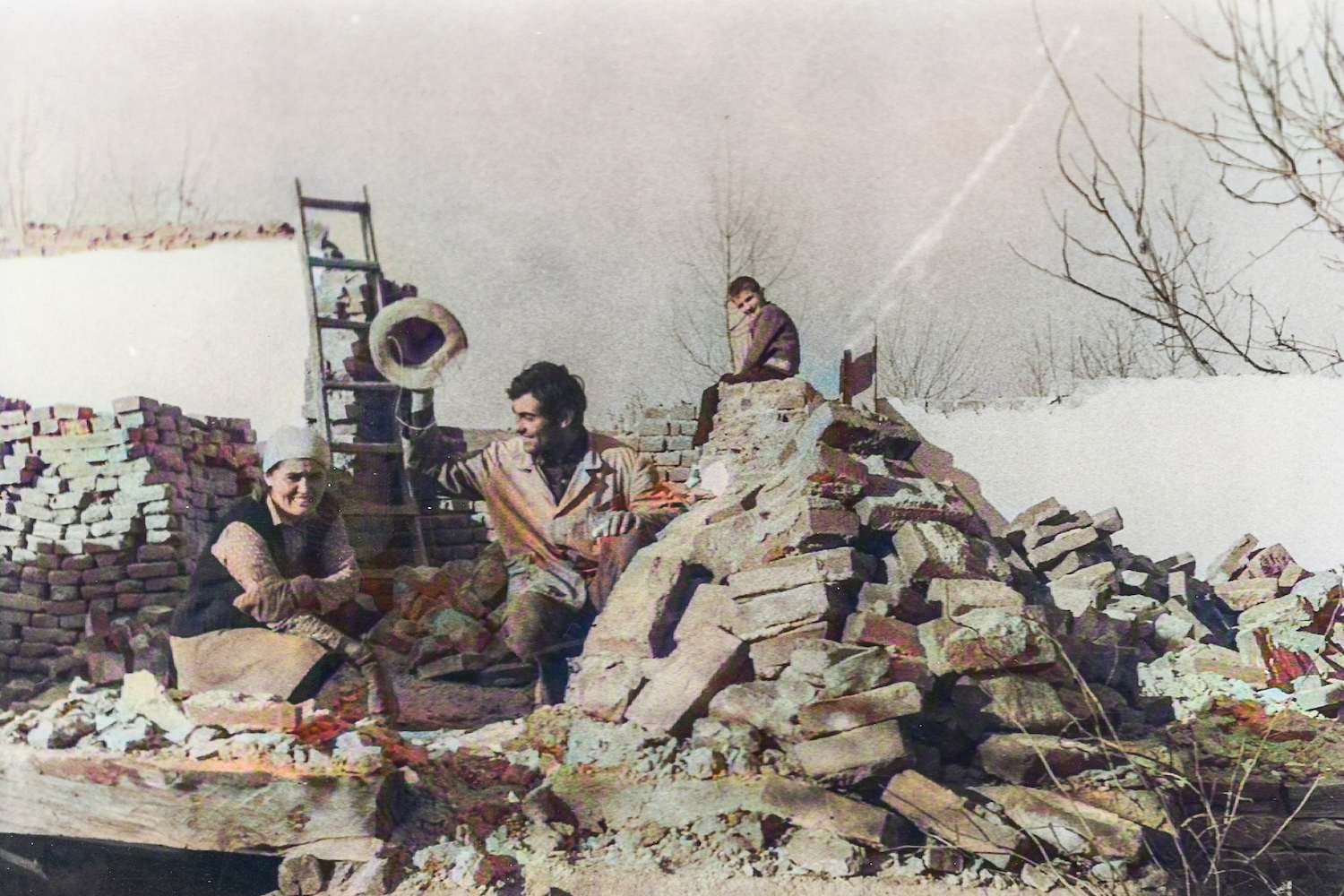
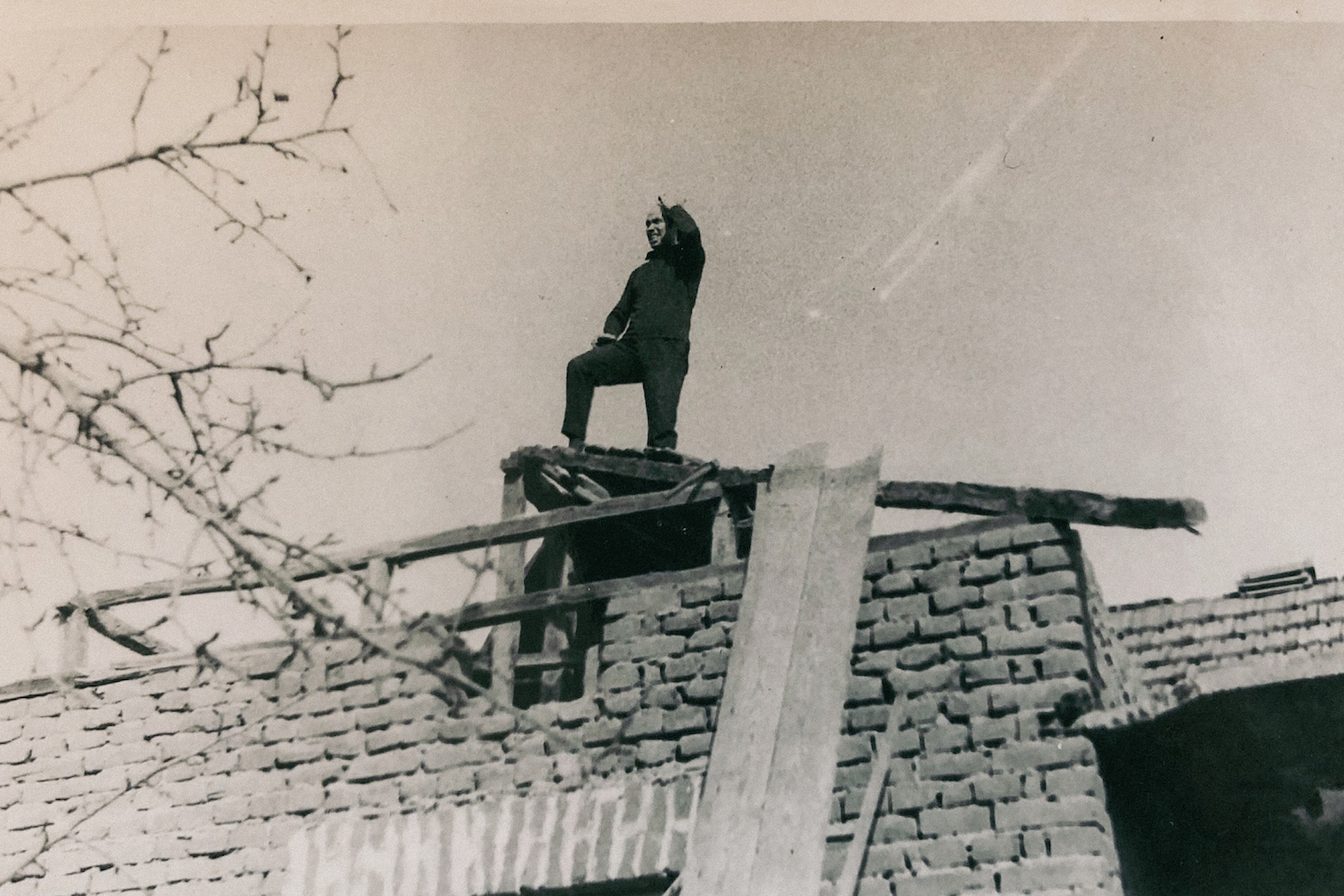
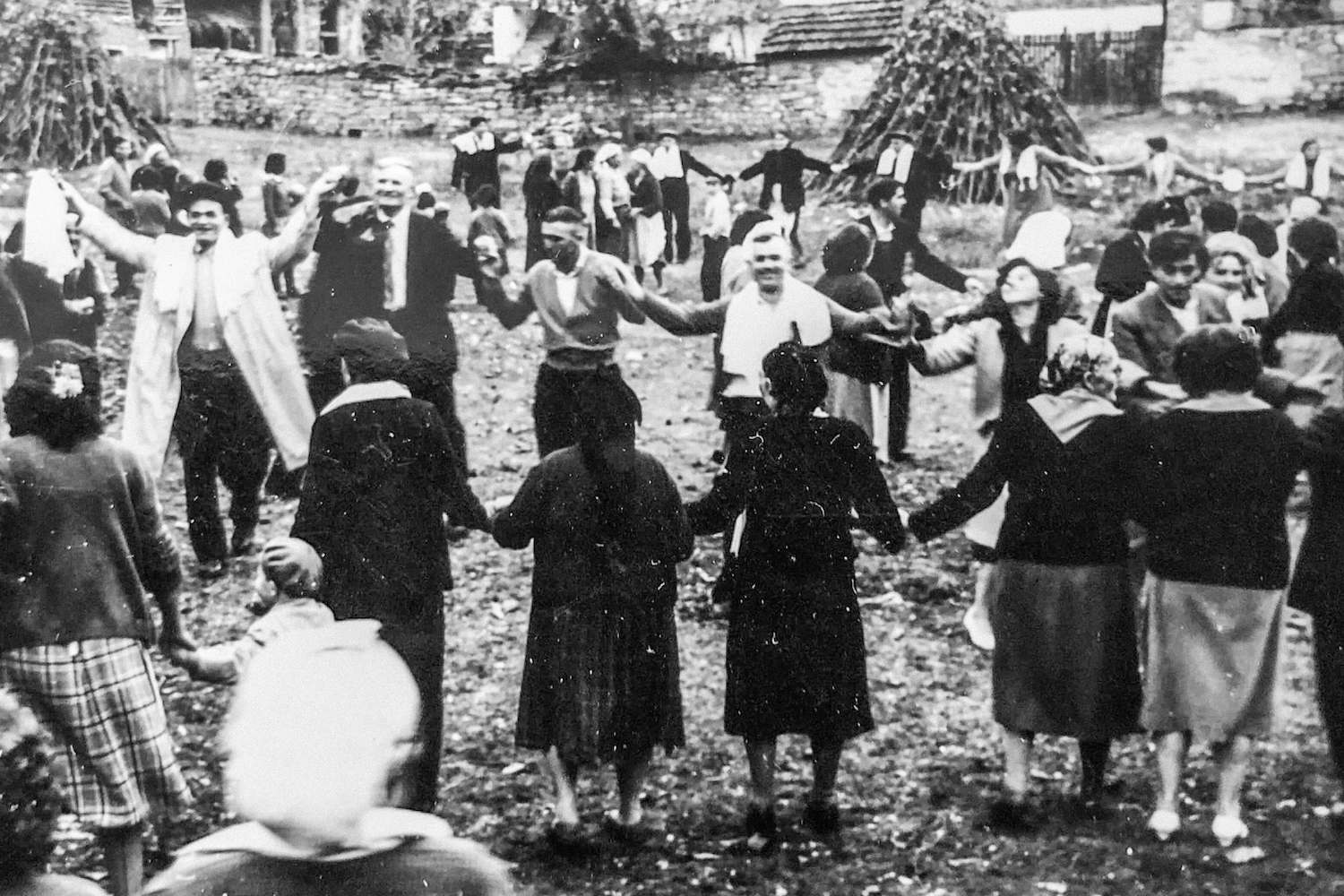
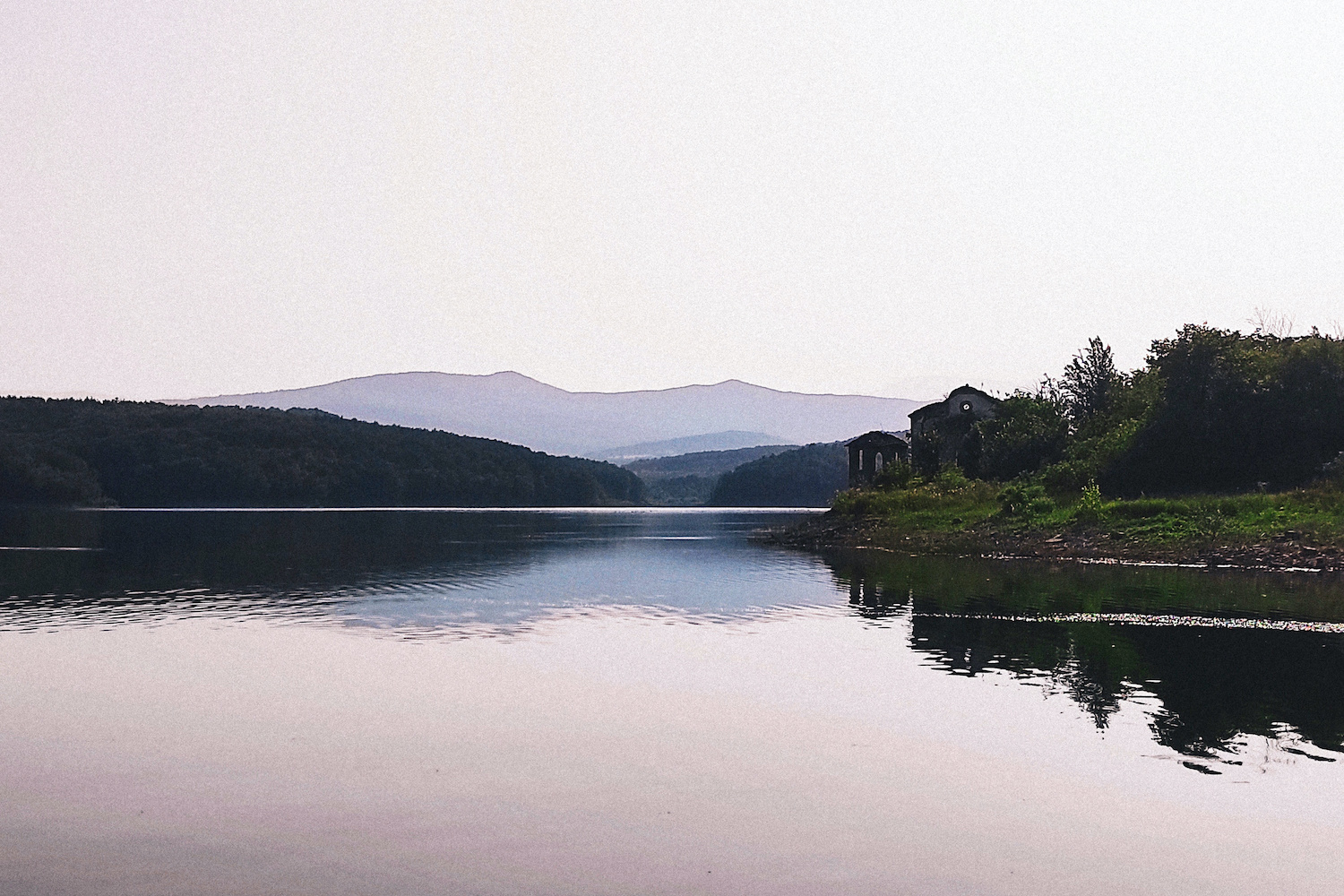
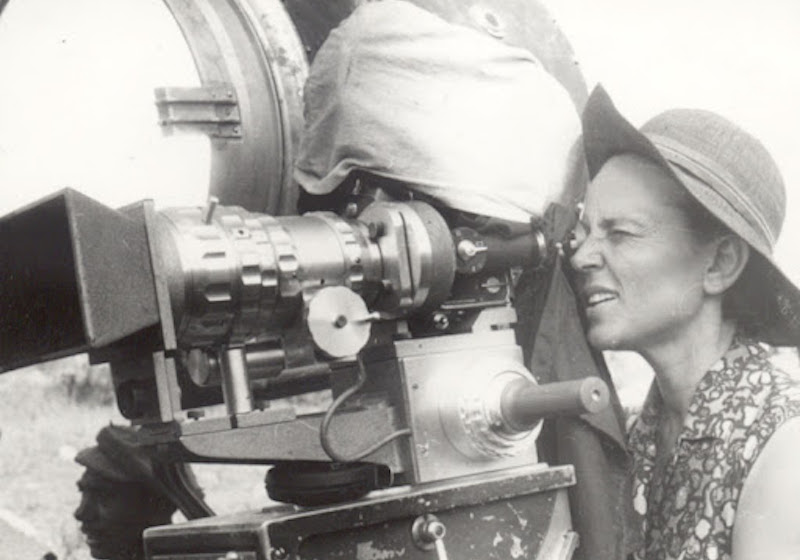
.jpg)
